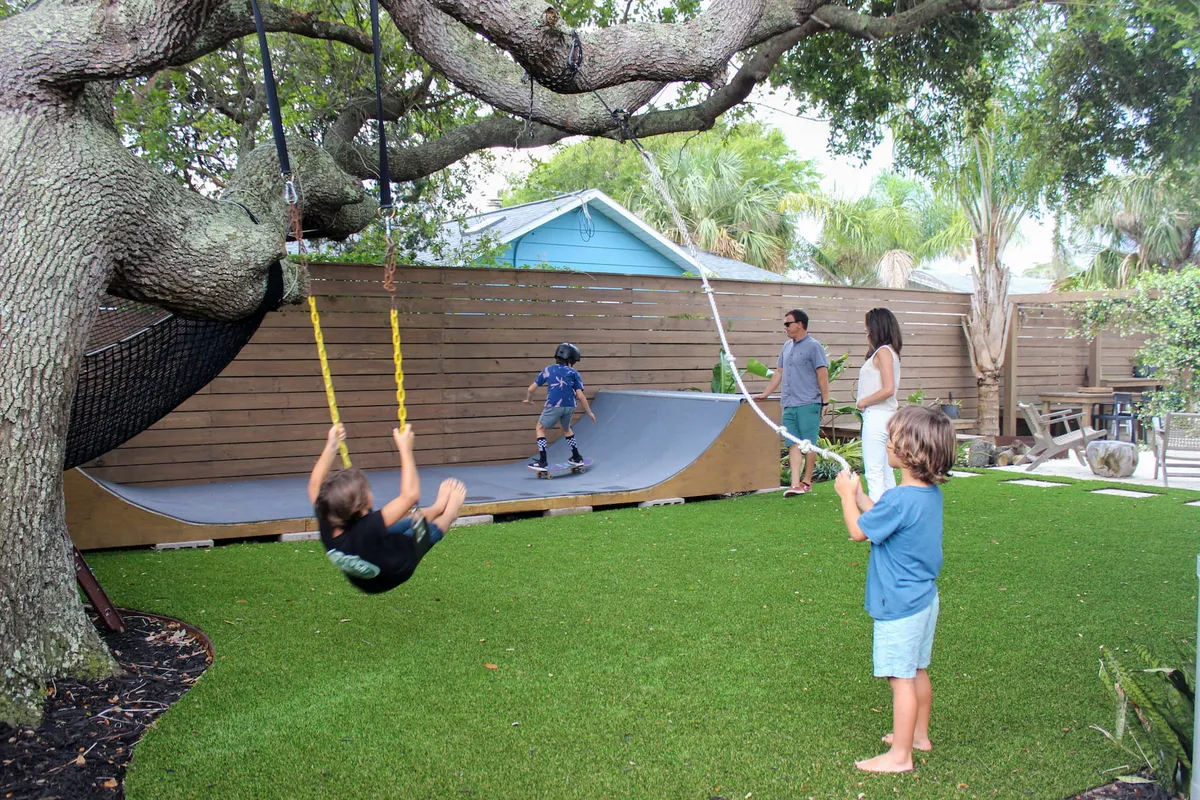
Beautiful, Lasting Lawns Made Easy
Known for our expert installations and trusted reputation, Southern Turf Co. makes it simple to create a beautiful, low-maintenance lawn you will love.
Schedule Free EstimateCustom Turf Solutions
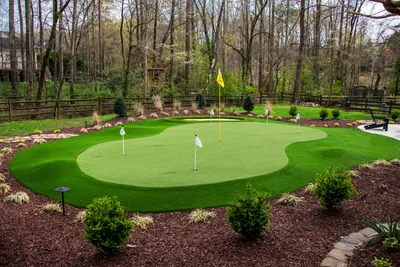
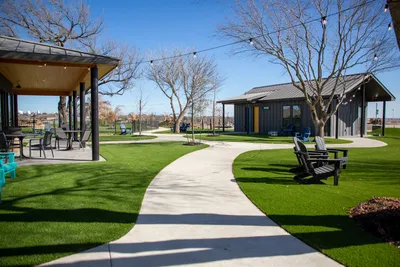
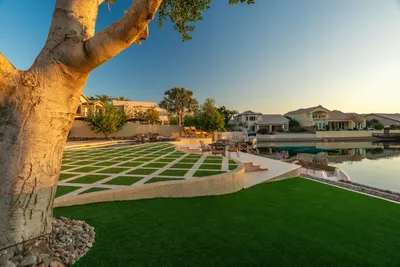
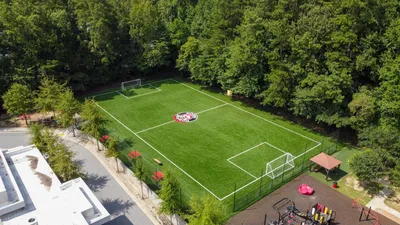
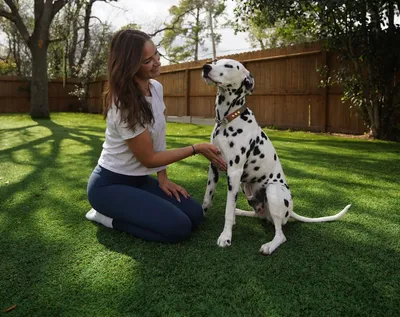
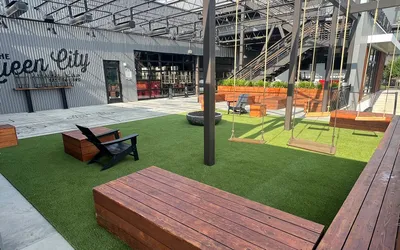
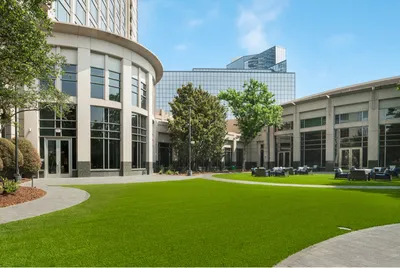
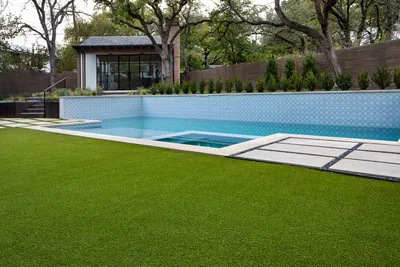
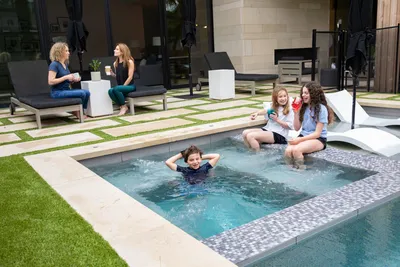
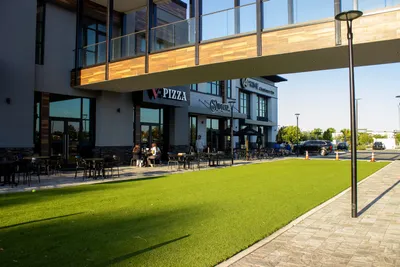
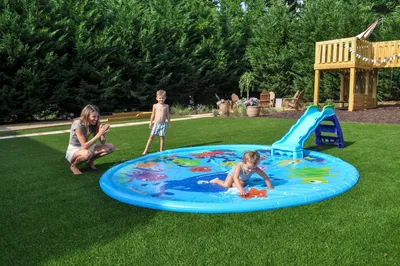
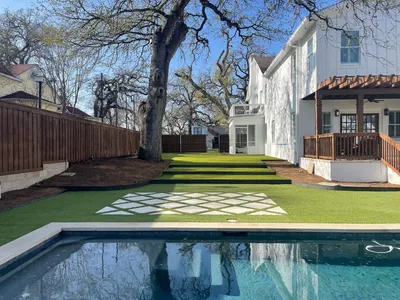
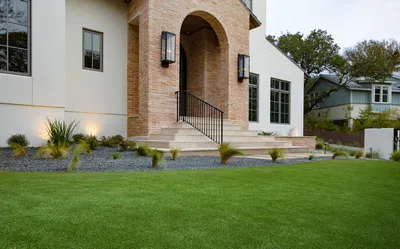
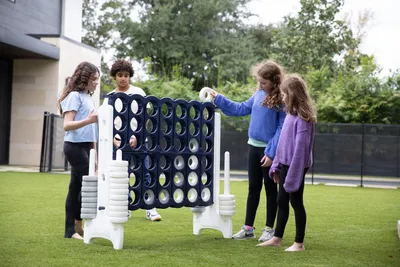
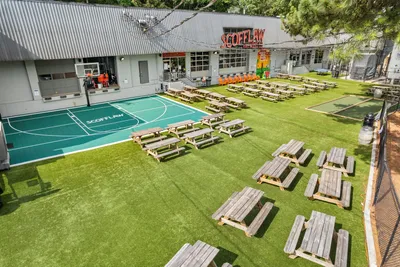
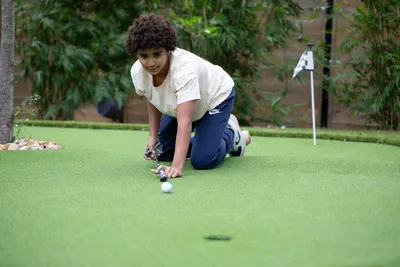
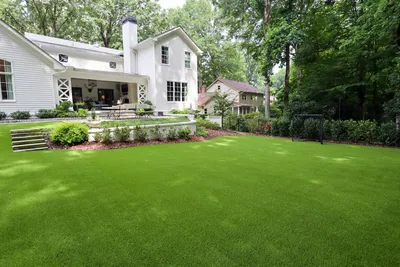
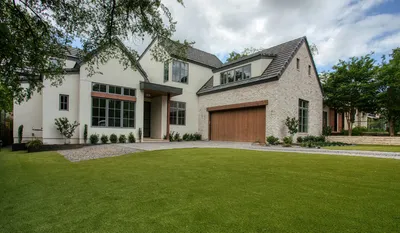
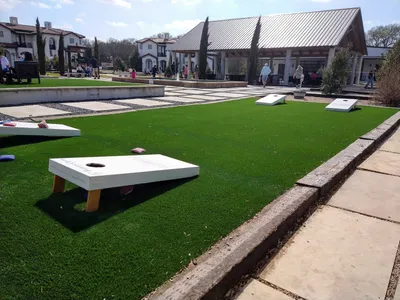
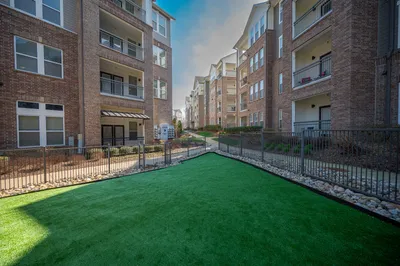
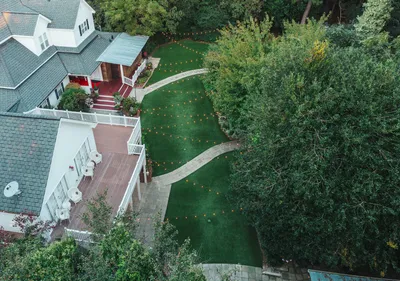
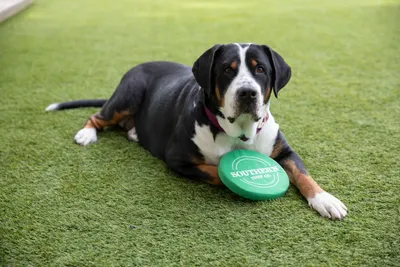
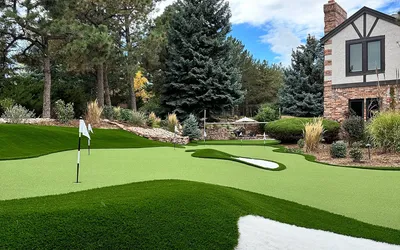
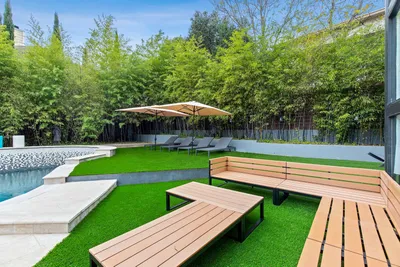
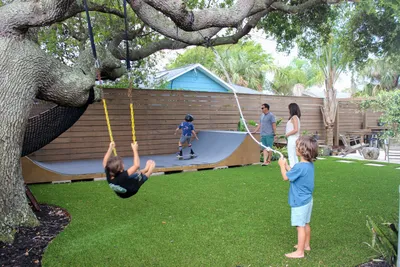
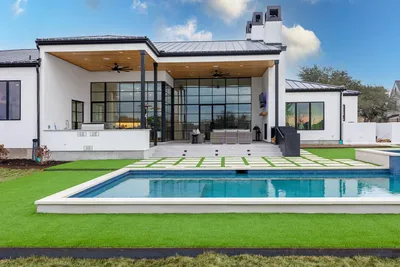
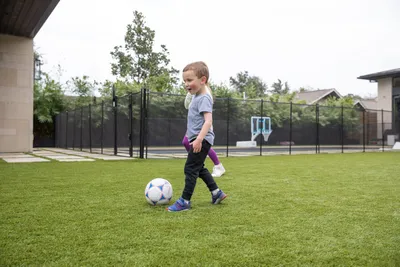
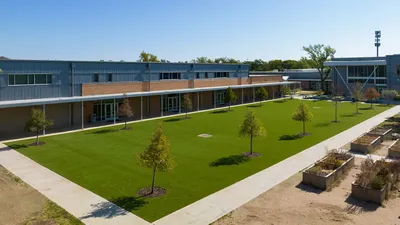




























Discover why our artificial turf is the perfect choice for homes and businesses seeking beauty, durability, and sustainability.
Speak with your
personal Turf Advisor
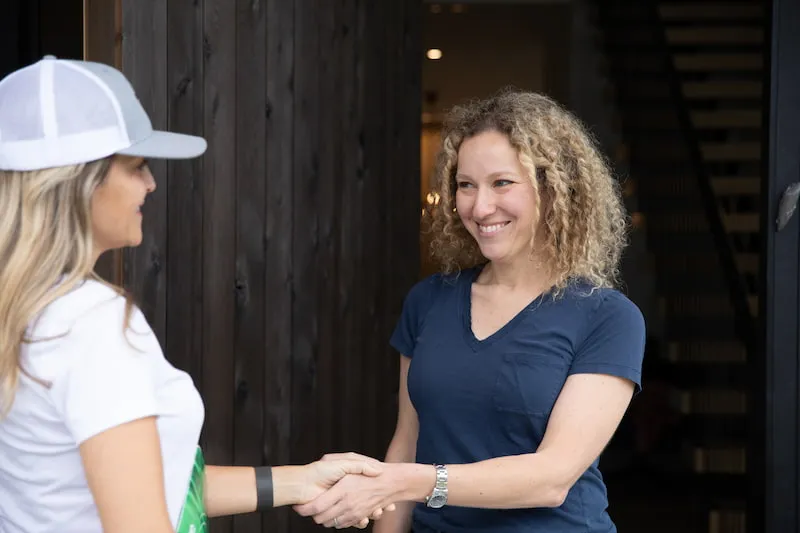
We have our dream backyard because of Southern Turf!!
Southern Turf just finished installing turf in my entire backyard and it looks terrific!
Southern Turf is your best option for turf, hands down. Their team is professional, flexible, and the resulting product is top notch.
We recently had our side yard done by Southern Turf and are VERY pleased with the results.
Southern Turf rescued our mess of a yard.
An overall fantastic experience and the results are exactly what we wanted.
We recently had a custom putt putt green installed in our backyard, and we couldn’t be happier with the results!
The team at Southern Turf did an incredible job transforming our backyard with high-quality artificial turf.
We absolutely love our new backyard thanks to Southern Turf!
So happy with our new turf! It really is a game changer for our back yard.
We just got our backyard done by Southern Turf Co and are just thrilled with how everything turned out.
We have our dream backyard because of Southern Turf!!
Southern Turf just finished installing turf in my entire backyard and it looks terrific!
Southern Turf is your best option for turf, hands down. Their team is professional, flexible, and the resulting product is top notch.
We recently had our side yard done by Southern Turf and are VERY pleased with the results.
Southern Turf rescued our mess of a yard.
An overall fantastic experience and the results are exactly what we wanted.
We recently had a custom putt putt green installed in our backyard, and we couldn’t be happier with the results!
The team at Southern Turf did an incredible job transforming our backyard with high-quality artificial turf.
We absolutely love our new backyard thanks to Southern Turf!
So happy with our new turf! It really is a game changer for our back yard.
We just got our backyard done by Southern Turf Co and are just thrilled with how everything turned out.
I received several estimates and Southern Turf was, by far, the best experience.
Beyond pleased with the work, quality, expediency and cost.
Southern Turf did an absolutely amazing job installing my turf.
They did an amazing Job from the quote to the installation they communicated and let me know what was going on.
I had an idea to get turf and was recommended Southern Turf Co. When I got connected with Slader, everything was easy and simple.
Our backyard upgrade with the help of Southern Turf is absolutely beautiful!
Highly recommend these guys. We have had two projects done now around our pool and they have done an excellent job start to finish.
We had a great experience working with Southern Turf Company, and I especially want to recognize Erin for her outstanding support throughout the process.
We just had a backyard project completed by Southern Turf Co. and the customer service exceeded all of our expectations.
Southern Turf installed artificial turf at our multi-family complex, Cascade Condominiums in Austin, and we are thrilled with the results!
Southern Turf Co. completely transformed our backyard, and we couldn’t be happier with the results!
I received several estimates and Southern Turf was, by far, the best experience.
Beyond pleased with the work, quality, expediency and cost.
Southern Turf did an absolutely amazing job installing my turf.
They did an amazing Job from the quote to the installation they communicated and let me know what was going on.
I had an idea to get turf and was recommended Southern Turf Co. When I got connected with Slader, everything was easy and simple.
Our backyard upgrade with the help of Southern Turf is absolutely beautiful!
Highly recommend these guys. We have had two projects done now around our pool and they have done an excellent job start to finish.
We had a great experience working with Southern Turf Company, and I especially want to recognize Erin for her outstanding support throughout the process.
We just had a backyard project completed by Southern Turf Co. and the customer service exceeded all of our expectations.
Southern Turf installed artificial turf at our multi-family complex, Cascade Condominiums in Austin, and we are thrilled with the results!
Southern Turf Co. completely transformed our backyard, and we couldn’t be happier with the results!
Why Choose Southern Turf Co.
Southern Turf Co. is a leading installer of artificial grass because of our expert professionals, world-class customer service and use of high quality materials to ensure an easy, enjoyable experience from project estimate to completion.
Experience and Knowledge
Our Turf Advisors oversee each project from quote to completion, with extensive training and experience.
Reliability
We work consecutive days throughout each job with daily cleanup and final walk-through.
Quality Products
Premium artificial grass materials, lead-free and PFAS-free with extensive warranties.
Proven Reputation
Thousands of 5-star reviews with most business from referrals and repeat customers.
